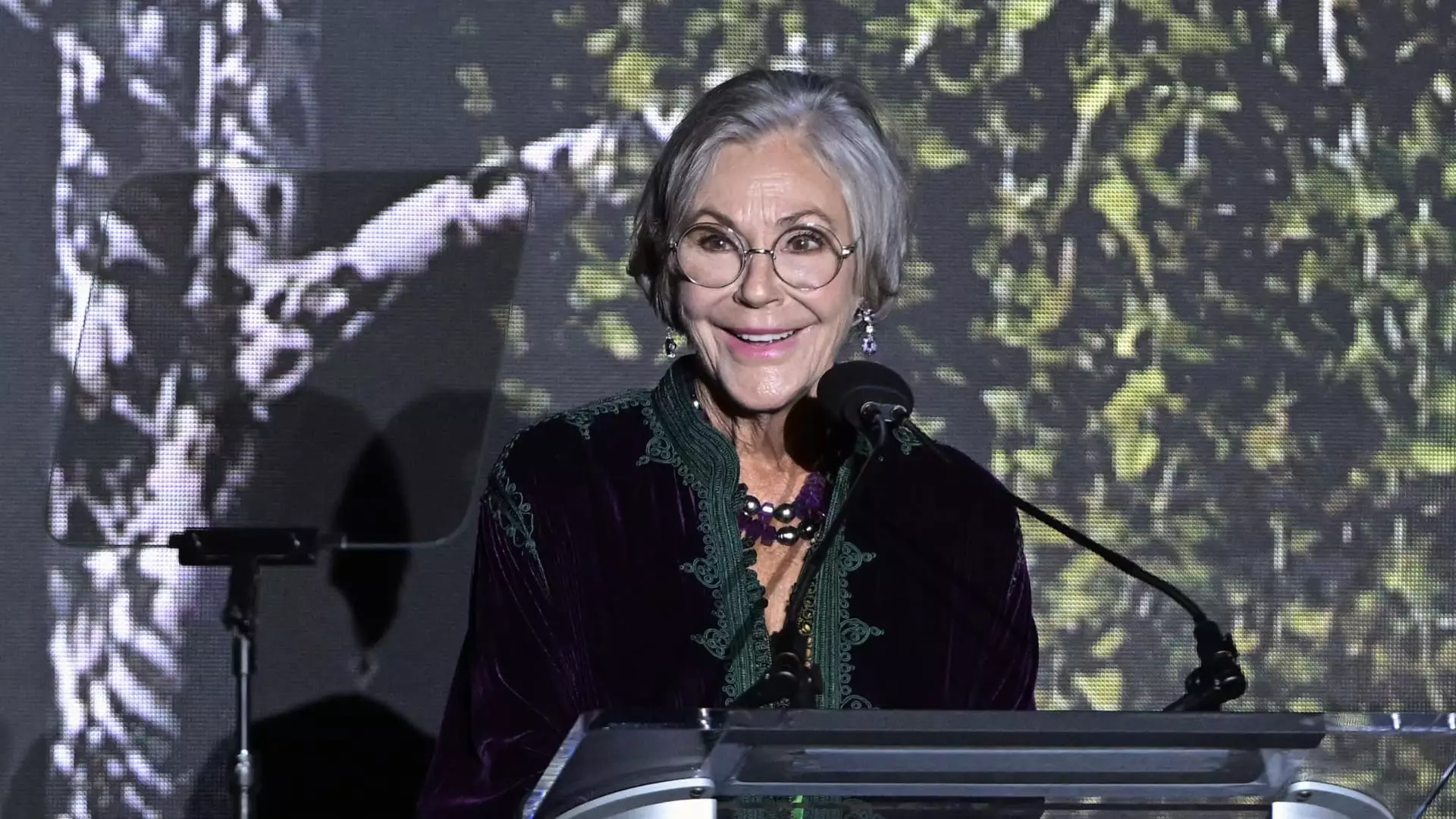As global wealth dynamics evolve, the increasing presence of women in the billionaire class is particularly noteworthy. A recent report highlights that women now constitute 13% of the world’s billionaires, totalling 431 individuals out of the 3,323 billionaires counted worldwide. This marks a gradual yet significant shift in the makeup of substantial wealth holders, reflecting broader societal changes. Over the past decade, female representation among billionaires has steadily increased, driven by a combination of factors including female entrepreneurship, changing cultural perceptions, and notable inter-generational wealth transfers.
The rise of women billionaires is not merely a numerical phenomenon; it signals a transformation in the priorities and philanthropic approaches characteristic of this demographic. Whereas wealth has traditionally been concentrated among male billionaires, women are carving out their own niche, driven primarily by inheritance. Indeed, the report notes that 75% of female billionaires acquired at least a portion of their wealth through inheritance, contrasting sharply with only 5% of male billionaires who can say the same.
The unfolding Great Wealth Transfer is likely to further empower women financially, as they are predicted to inherit up to $30 trillion in the next decade. This monumental shift in wealth distribution is expected to substantially change the landscape of philanthropy and wealth management. This report emphasizes that, unlike their male counterparts, women are venturing into philanthropy early on. The connection between inherited wealth and philanthropy is pronounced among female billionaires, as they often possess fewer commercial commitments that could distract from charitable activities.
Notably, 20% of female billionaires spend the majority of their professional time engaged in nonprofit work, highlighting a commitment to social causes that diverges from the investment-oriented endeavors favored by many men in similar situations. This focus positions women as key players in the philanthropic sector, allowing them not only to influence charitable giving but to foster a culture of giving back that often prioritizes social justice, welfare, and community support.
The financial portfolios of women billionaires also reveal distinctive trends. Research indicates that women tend to have a larger portion of their wealth tied up in private holdings (35%) in comparison to their male peers (28%). This aspect underscores the transformative potential of wealth inherited through family-owned companies, contrasting with the publicly traded tech corporations that dominate male holdings. Furthermore, women’s portfolios reflect a greater emphasis on cash and liquid assets (39% for women versus 30% for men), paving the way for liquidity that better supports philanthropic objectives.
In terms of investments, female billionaires are more inclined to own luxury real estate and art. They are statistically more likely than men to possess properties valued over $10 million—an indication that their wealth is channeled into tangible, enduring assets rather than volatile investments such as stocks. In fact, only 22% of female billionaires’ wealth is invested in stocks, whereas 40% of male billionaires’ wealth is poured into the stock market.
Beyond finances, the lifestyles of billionaire women and men also diverge significantly. Female billionaires frequently prioritize philanthropy as their primary hobby, with 71% indicating it as their leading interest. In stark contrast, sports emerged as the top hobby among men within this elite group, highlighting not only the contrasting interests but also the cultural implications surrounding gender and leisure activities.
Moreover, men are significantly more likely to indulge in luxury possessions such as private jets, yachts, and high-end automobiles. The report reveals that billionaire men are 3.8 times more likely than women to own cars valued above $1 million and over twice as likely to possess a yacht. Such lifestyle choices further emphasize the differing prevails of leisure and entertainment between the genders in the billionaire class.
The shifting tide of wealth distribution is undoubtedly reshaping the landscape of global philanthropy, investment strategies, and lifestyle choices among billionaires. As women continue to ascend into this elite class, their unique perspectives on wealth, responsibility, and leisure are fostering a transformative culture that emphasizes social engagement and community support. The rise of women billionaires signifies not just a demographic shift but a potential redefinition of what it means to be wealthy in today’s world—one that prioritizes not only financial success but also meaningful contributions to society.


Leave a Reply